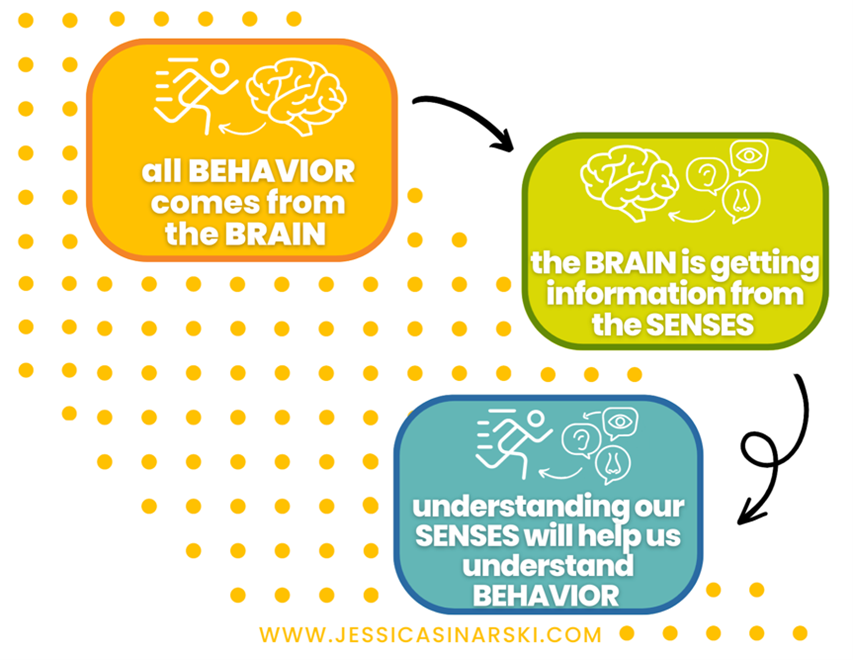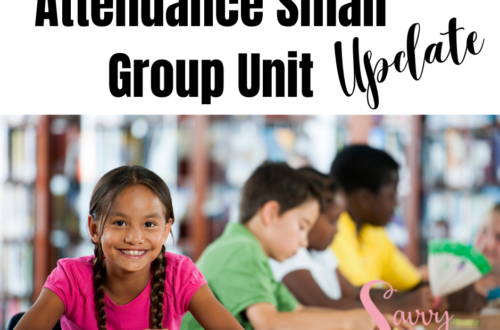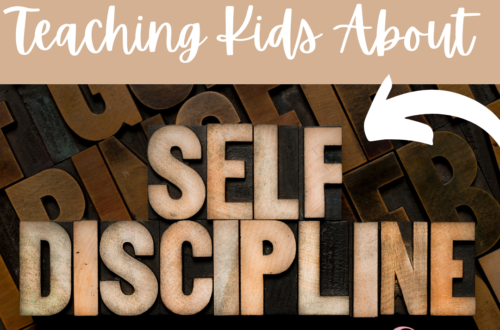
Guest Post: SEL and the Senses
I am happy to welcome Jessica Sinarski, LPCMH to the blog today to share about SEL and the Senses. I’m sure you will enjoy this informative post as much as I did.
What Does SEL Have to Do With the Senses?
SEL, or Social Emotional Learning, is a hot topic these days with a growing consensus that we all have a responsibility to teach these vital skills. School counselors, like usual, are stepping up with classroom lessons, individual work, and everything in between. Many organizations, including CASEL, the Collaborative for Academic, Social, and Emotional Learning, are here to help us understand the scope of this work, breaking SEL down into the following five core competencies:
- Self-awareness
- Self-management
- Social awareness
- Relationship skills
- Responsible decision-making.
What is less understood is the critical role that our senses play in our ability to work on SEL skills. Here’s what they probably didn’t teach you in graduate school…Everything we feel, think, say, and do is related to the information coming in through our senses, and we have more than you might think.
The Five Senses and Behavior
Our senses help us enjoy life, but when they are confused or overwhelmed, our brains and bodies go into survival mode. Let’s break this down a little further. Here are some of the BEHAVIORS you might see in the classroom:
- Fidgeting, wiggling, getting up and wandering around
- Grumpy, complaining, whining
- Unable to focus, distracted (and distracting others)
- Easily overwhelmed, frequent meltdowns
- Overloaded, head down on desk, checked out
If we could peek inside at the SENSES, we might see this:
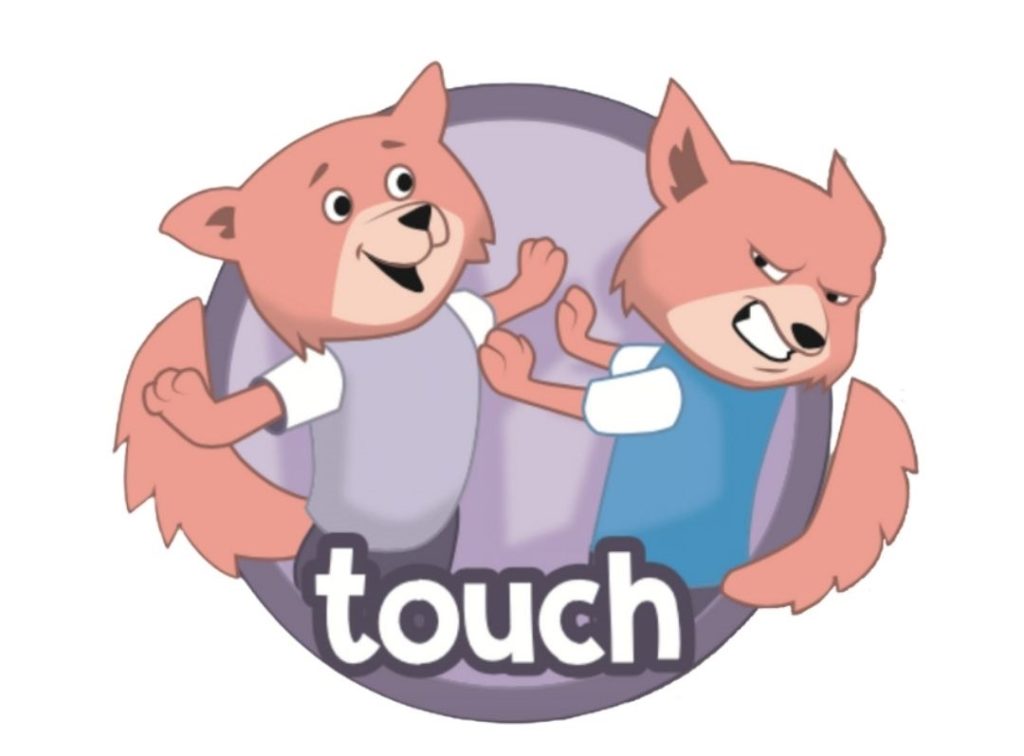
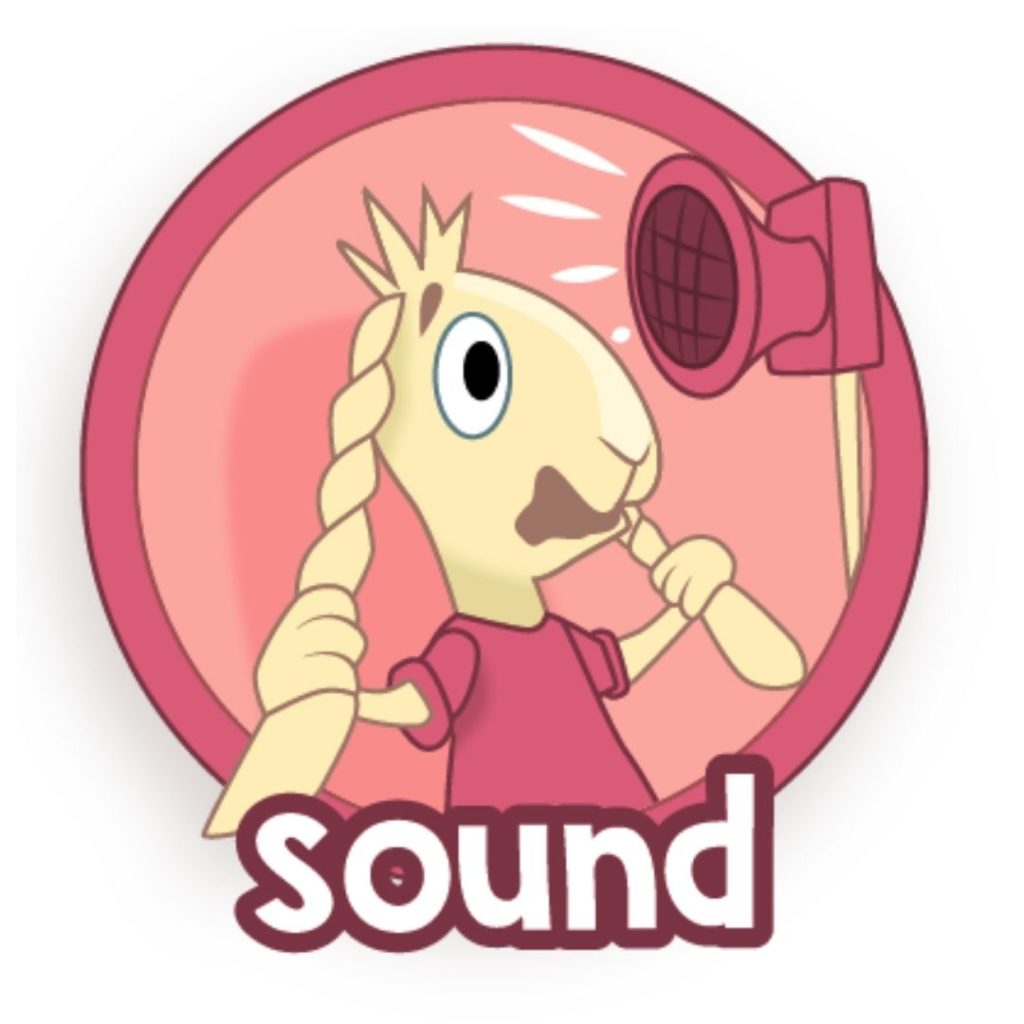
Three Hidden (but Super Important) Senses
However, our sensory experience doesn’t stop there. In addition to the five senses that we all learned about in preschool, there are three hidden senses constantly feeding internal information back to the brain. Proprioception [pro-pree-oh-SEP-shun], the vestibular [veh-STI-byuh-luhr] system, and interoception [in-tuhr-oh-SEP-shun] each play a vital role in students’ ability to regulate emotion, attention, and behavior.
Proprioception is the body’s sense of pressure, impact, and weight. Without the sensory neurons that connect to your muscles and joints, you would feel like you’re floating away in outer space! Pushing, pulling, jumping, clapping, drumming, walking, running, carrying something heavy, and even chewing gum can help your body feel like it’s grounded here on planet earth.
The vestibular system is the body’s sense of balance. Tiny receptors in the inner ear give your brain little details to help you feel stable and anchored. Lots of crawling, swinging, climbing, hanging upside-down, biking or scooting, spinning, and other movement feed this important sense.
Interoception is the body’s sense of the inner world. The sensory neurons from your internal organs and skin share important information with your brain all day long such as sensing that we’re hungry or equating a tightness in the chest with a certain emotion.
If we keep looking inside at what’s going on behind some of our students’ challenging behaviors, we might see:
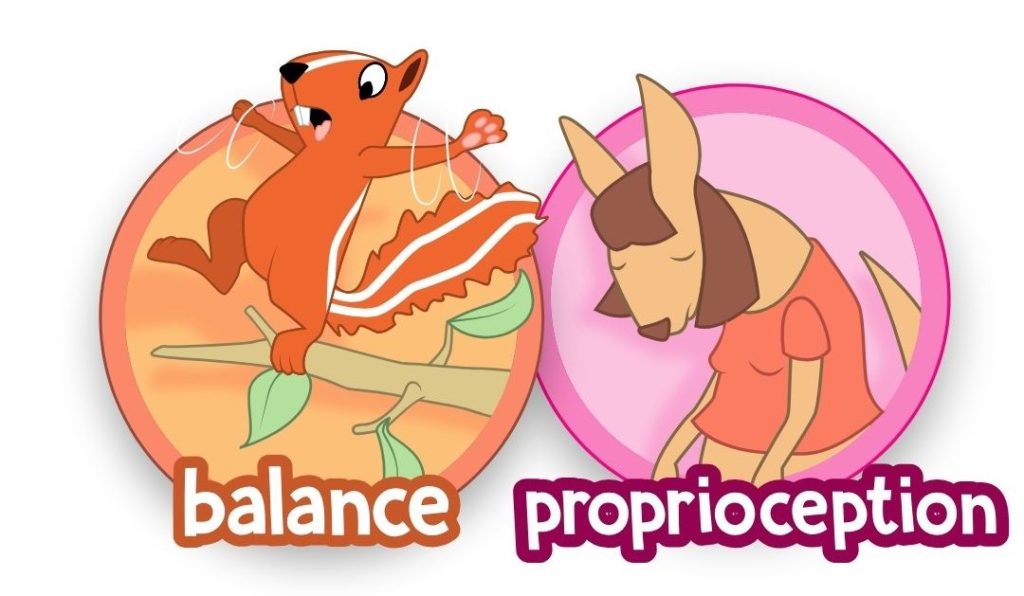
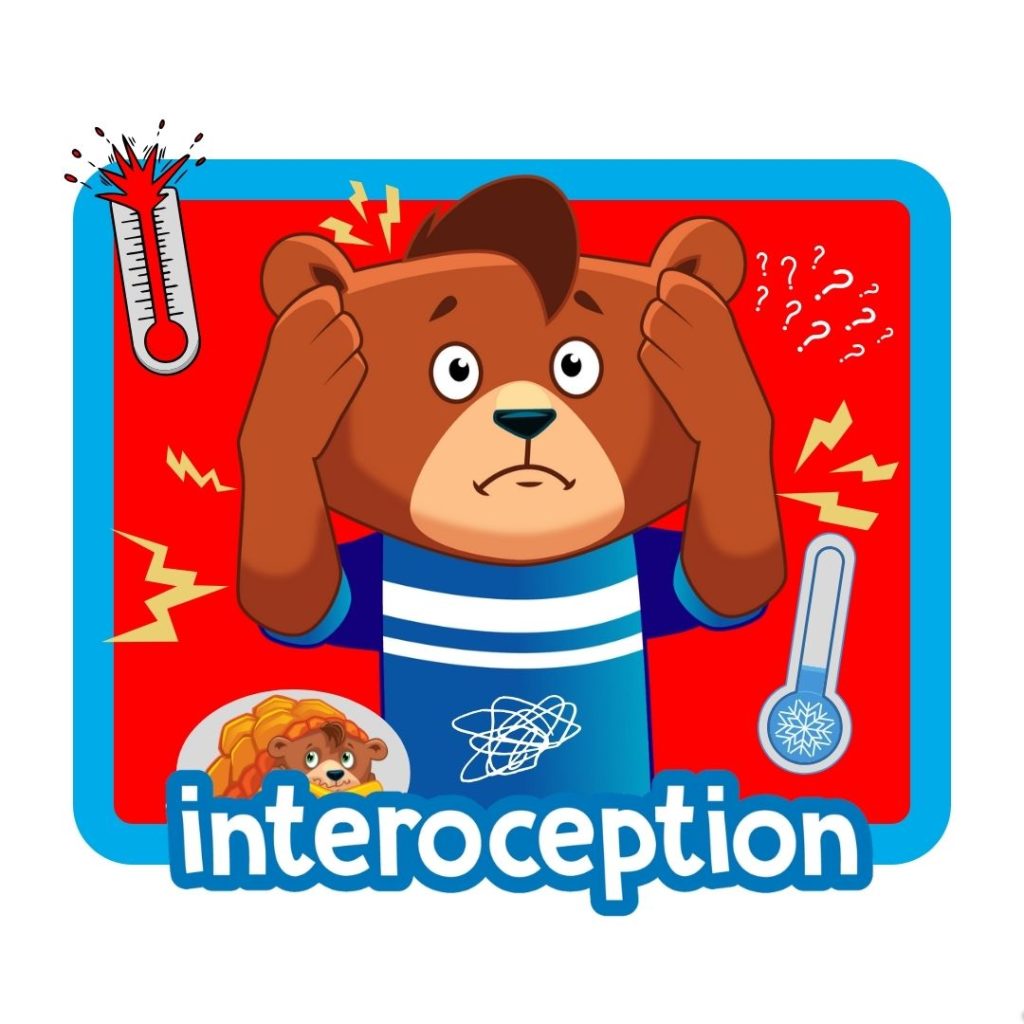
Here’s the good news!
Kids love learning about this stuff if we make it fun and relatable! As part of your SEL efforts this year, I encourage you to help your students get to know their sensational senses. And you don’t have to do it alone. Listening to My Body by Gabi Garcia is a great book for introducing the concept of sensations. Once you’ve covered that, Riley the Brave’s Sensational Senses will help you harness the power of our hidden senses, with bright visuals and lots of strategies to share with kids, teachers, and caregivers.
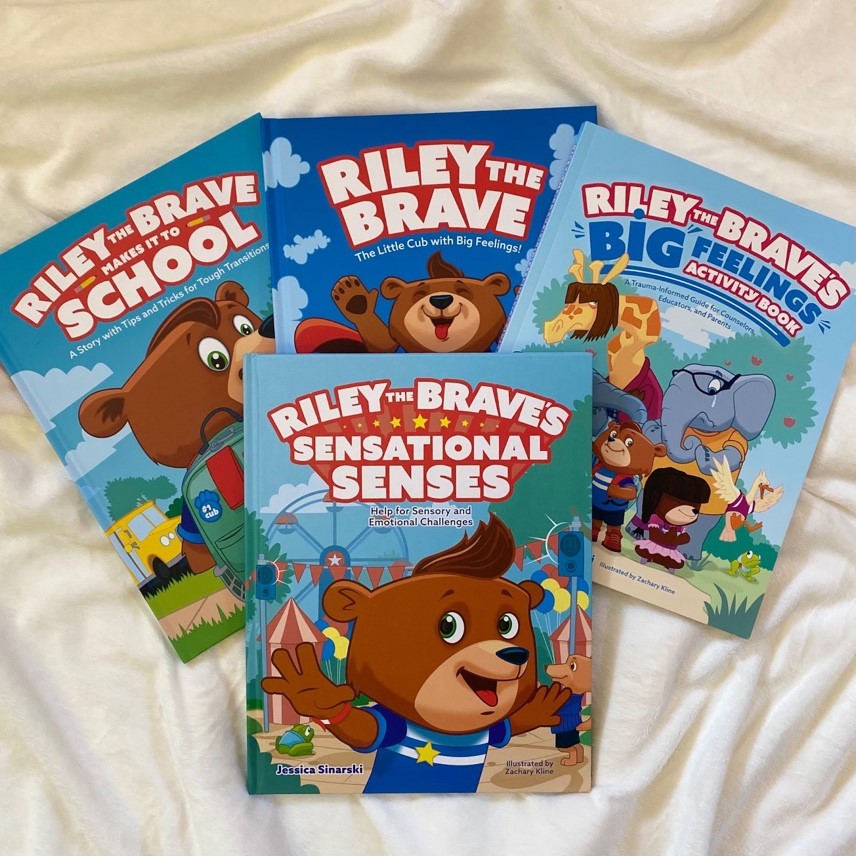
More Sensational Strategies for School
- Prioritize human connection over screen time. Screens are no friend of the senses!
- Provide visual schedules and prompts. Whenever you can get more than one sense involved in instruction and expectation setting, you increase the likelihood that students with varied learning styles and sensory needs will be successful.
- Use a visual timer or interchangeable prompts on the board. A strong magnet can hold a sheet protector full of the prompts you use regularly.
- Get down on a student’s level when trying to get attention. A gentle hand on the shoulder or other safe touch is especially important for kids with explorer brains who might need a little extra support to go with the group plan.
- Emphasize the routine or pattern of things with physical gestures. Try miming what is expected or creating fun physical cues to help students remember.
- Chew gum to give the proprioceptive system a boost. Similarly, a cold drink of water, especially through a straw, can offer a quick sensory reset.
- Make connections out loud about your own sensations. This can serve as a great model for kids who might struggle with the self-reflection and mindfulness that nurture interoception.
- Reduce distracting noises. Put tennis balls on chair legs or fabric on the walls.
- Offer flexible seating arrangements, like wobbly chairs, the choice to lay on the carpet to do work, resistance bands on chair legs, etc. Teach the whole class about the available options and how to use these tools to find the “just right” state for their learning brain.
- Prioritize recess. Don’t take it away…find ways to get outside more! Instead of a movie in class, how about extra time on the playground or in the gym?
- Take a sensory-rich brain break. I was teaching a group of school counselors recently, and I saw the fog roll over their faces just before lunch. Rather than pushing through to the activity I planned, I read the room. They needed to move their bodies and get some food before they would have the brain power to think and reflect. If this is true for adults, how much more for our students?!
- Do something rhythmic like a clapping game.
- Go for a quick walk or do a few wall push-ups.
- Dance to a song and then take a few big, full-body breaths as everyone heads back to their seat.
- Do a group stretch. Take turns leading, offering all students a chance to choose the moves that day.
And if you’re thinking…but it will just become chaos! My students will get too rowdy! Remember that you may need to co-regulate back to that “just right” spot after doing some of these activities, especially with younger students. Try slowing your claps down together or pretending to move through thick honey super slowly to get back to their seats. End your activity with a big, deep, full body breath with a long exhale as everyone gets back to work.
In addition to getting the sensory input their brains need to be learning ready, these calming activities help build students’ self-awareness and self-management skills, the foundational core competencies that help make all other education possible. And with that, we’ve come full circle. Understanding all eight of our sensational senses is a key component of social and emotional learning (SEL).
Let’s Connect!
Find me on Facebook and Instagram @JessicaSinarski and be sure to sign up for my newsletter full of user-friendly brain science at www.BraveBrains.com.
Wow, Jessica! Your post was awesome and packed with so many great nuggets about SEL and lots of tips and ideas school counselors can use today. Thank you so much for sharing with my readers.
Drop a comment below with your thoughts about SEL and the senses!
Stick around! You can follow Savvy School Counselor with free email updates. You can also follow my TpT Store to keep up with my latest products and freebies. Additionally, I do giveaways through My Facebook Page with my new products. Be sure to like Savvy School Counselor on Facebook and click to receive notifications so you don’t miss them!
Related Posts via Categories


